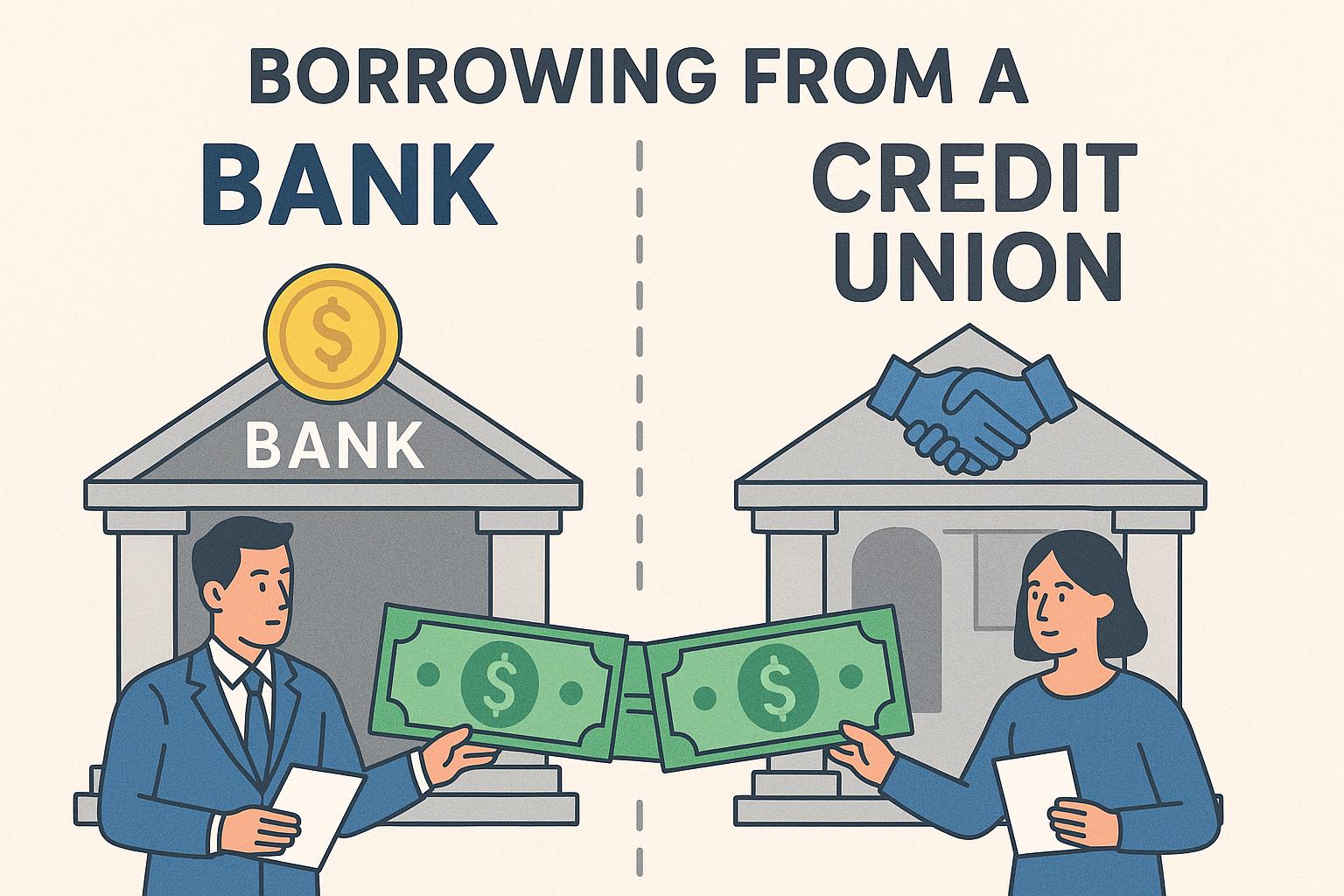
Understanding the Risks of Overborrowing
In today’s financial environment, access to credit is more straightforward than ever, thanks to technological advances and the proliferation of financial products. Whether through credit cards, personal loans, or lines of credit, the flexibility and convenience offered by these financial tools make borrowing appealing. However, the ease of access can quickly lead to overborrowing, resulting in debt traps that are challenging to escape. To effectively manage your financial well-being, it’s crucial to understand the repercussions of overborrowing and learn how to avoid the common pitfalls associated with it.
Recognizing Overborrowing
Overborrowing occurs when individuals accumulate more debt than they can reasonably manage to repay. It’s a scenario where the commitments to repay are unrealistic given the individual’s income level and other financial obligations. Signs of overborrowing include soaring credit card balances, multiple loan accounts, and a dependence on borrowing to handle routine expenses, such as utilities or groceries. Recognizing these signs early is vital to avert significant long-term financial consequences.
Consequences of Overborrowing
The implications of taking on excessive debt can be extensive and challenging:
- High Interest Payments: With increased borrowing comes the responsibility of paying steep interest rates, which over time, can substantially reduce your available financial resources. Interest payments often become a significant portion of one’s monthly expenses, restricting funds for other essential areas.
- Damage to Credit Score: Maintaining high levels of debt adversely affects your credit score. This reduction in score makes securing future loans challenging and often results in higher interest rates or stricter borrowing terms when credit is needed again.
- Financial Stress: The weight of substantial debt can create emotional and psychological stress. This stress can endure beyond just the individual, affecting families and relationships, and potentially leading to broader issues such as anxiety or depression.
Strategies to Avoid Debt Traps
Adopting a careful and well-planned approach to borrowing is essential in avoiding debt traps. Below are some practical strategies that can be implemented:
Create a Budget
One straightforward yet effective method to avoid overborrowing is through developing a comprehensive budget. A budget allows you to control your finances systematically, helping to prioritize debt repayment and eliminating unnecessary expenditure. Diverse online tools and resources can aid in crafting and maintaining a budget. To explore additional insights on creating an efficient budget, consider checking the Consumer Financial Protection Bureau for guidance.
Understand Loan Terms and Conditions
Before entering any credit agreement, it’s imperative to fully understand the loan’s terms and conditions. Key factors to focus on include the interest rates, repayment schedule, and any other associated fees or charges. Grasping these details ensures you are making informed borrowing decisions, reducing the risk of encountering financial difficulties down the line.
Build an Emergency Fund
An emergency fund functions as a vital financial cushion, potentially preventing unnecessary borrowing during unforeseen life events, such as medical emergencies or sudden unemployment. As a rule of thumb, aim to save an amount equivalent to three to six months’ worth of living expenses in a safely accessible savings account.
Seek Financial Advice
If you’re uncertain about managing your borrowing situation, consulting with a financial advisor could be immensely beneficial. Advisors can provide personalized advice suited to your unique financial circumstances, aiding in creating a practical debt management plan. Additionally, several non-profit organizations offer free or low-cost financial counseling services which can also provide valuable assistance.
Avoid Impulse Purchases
Impulse buying often results in unnecessary spending and subsequent overborrowing. Practice mindfulness regarding your purchases, evaluating each expenditure’s necessity and whether it aligns with your broader financial goals or budget plans. This restraint helps in maintaining control over your financial situation.
Conclusion
Maintaining financial health requires a proactive approach in managing credit and debt. By comprehending the risks associated with overborrowing and applying effective management strategies, you can decrease exposure to debt traps, paving the way for a more secure financial future. For further information and guidance, it is beneficial to consult reliable financial advice platforms and government resources focused on consumer financial protection. Staying informed and vigilant can significantly contribute to safeguarding against the potential pitfalls of overborrowing.



